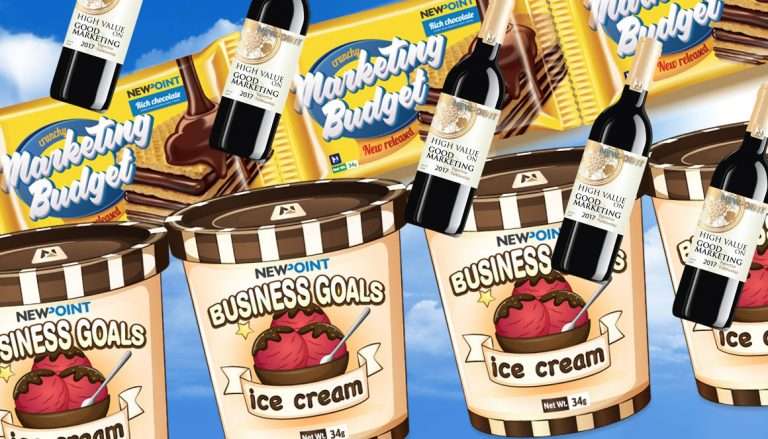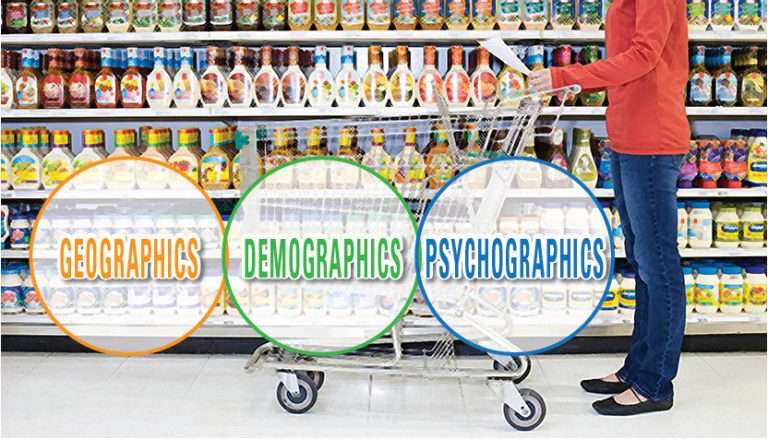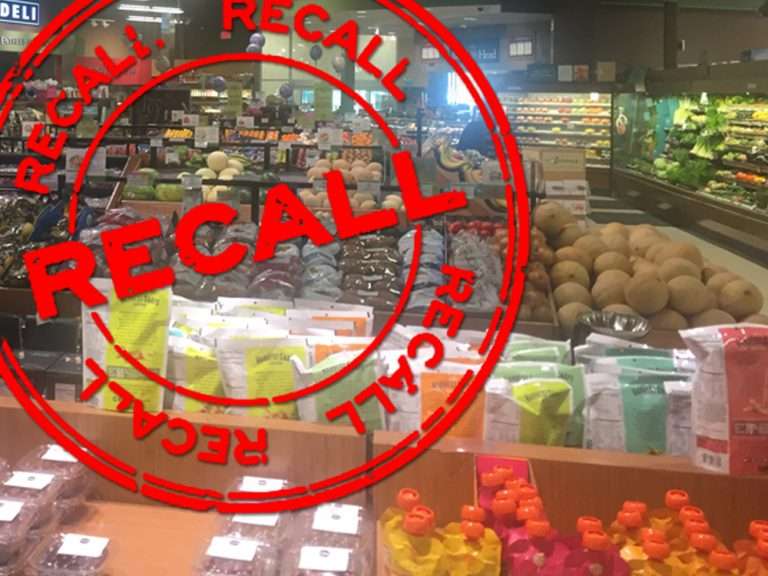Aug 9, 2023
Forbes on AI: Agency Creatives Still Own The Brand (for now)

Agency Creatives in the AI Boom
I am one of many career agency creatives—albeit one who now runs a food and beverage marketing agency— and I have been a part of a few significant industry revolutions throughout my career. During the summer of 1985, my manager gave me a Macintosh computer already pre-installed with Aldus PageMaker and Freehand 1.0. Because I don’t deal with writers, I can only speak for my coworkers in design and art direction when I say that many were cautious and sluggish to learn to use these “cutting-edge” techniques. But within ten years, we had all transitioned to working at our computers first thing in the morning (instead of drafting tables) to produce the work clients had hired our agency to do. This work involved leveraging our extensive knowledge of the client’s brand, audience, and marketing objectives with our talent to convert strategy into creativity that helps grow the client’s market share and business.
The development of artificial intelligence (AI) is about to usher in the next major shift in the business world, and we are right on the edge of it. Personalization and targeting have been considered industry standards for several years when utilizing AI’s powerful data analytics tools. The next wave is affecting agency creatives in advertising, such as writers, designers, and art directors. The Hollywood writer’s strike in the spring of 2023 is a real-world example of how scared professional creatives are about the development of AI and its possible influence on their jobs and ability to make a living. In my line of work, things are the same. There is a wealth of information about creative people’s concerns with implementing this new technology.
Advice to Agency Creatives: Embrace Artificial Intelligence
It is safe to say that artificial intelligence’s impact on creative work at advertising agencies will be very different from that of computers forty years ago. One location has a similar vibe, and the following is the recommendation I gave to my team: AI is a tool you need to grasp by looking at it through the prism of your core talents and understanding a client’s brands and marketing goals. The following are some of the ways that I see AI assisting creative people:
- Rapid Idea Generation and Inspiration: AI technologies have the potential to serve as a source of inspiration for agency creatives working in advertising agencies; nevertheless, AI does not (yet) understand “brand.” Writers can use AI-powered platforms like ChatGPT to produce ideas that swiftly explore new creative angles. These systems also help writers break past creative obstacles by providing prompts that must be refined and aligned with the brand’s goals. The research process for designers and art directors can be sped up, AI can generate images and mood boards, and designers can obtain inspiration from enormous libraries of existing creative information. AI has the potential to act as a catalyst for ideation, allowing creatives to generate a more significant number of fresh ideas in a shorter amount of time. The majority of these suggestions are not very good. But as anyone who has gone through a session dedicated to thinking of ideas out of the box knows, a bad idea could be just one push away from a terrific one.
- Creative Assistance and Exploration: Creative directors and designers can receive assistance when conducting exploratory work through AI technology. Design tools powered by artificial intelligence provide designers with real-time feedback, enabling them to experiment with different compositions, color schemes, and layouts. Once the brand guidelines have been established and implemented, these tools can provide alternative design elements, styles, and typefaces, pushing designers to think creatively outside the box. By automating certain design operations, artificial intelligence (AI) relieves professionals of monotonous work, which enables them to direct their attention to higher-level creative decision-making that supports the brand and marketing objectives.
- Creative Collaboration and Feedback: Writers can use platforms powered by AI to obtain feedback on their writing style, grammar, and tone, which enables them to improve their work more quickly. This input can help writers improve their writing style, grammar, and fashion. Designers and art directors can iterate on data-driven designs by sharing their design assets with artificial intelligence platforms. These platforms analyze feedback received from target consumers. AI enables collaboration that is both effective and productive, which in turn boosts the team’s overall creative output.
AI As A Tool To Augment Creativity, Not Replace It
AI, contrary to popular opinion, is a tool that augments and amplifies the talents of advertising creatives while allowing them to remain the final editor and “keeper of the brand.” Contrary to widespread assumption, AI is a tool that augments and amplifies the skills of advertising creatives. Even though AI can produce early drafts or design concepts, the creative’s discriminating talents and profound knowledge of the client’s brand, research, and marketing objectives provide the campaign with emotional depth, cultural context, and complex narrative. AI can be utilized as a collaborator by creatives to streamline work, provide insights, and boost efficiency. This frees up time for creatives to engage in creativity, experimentation, and the refinement of artistic expression.





